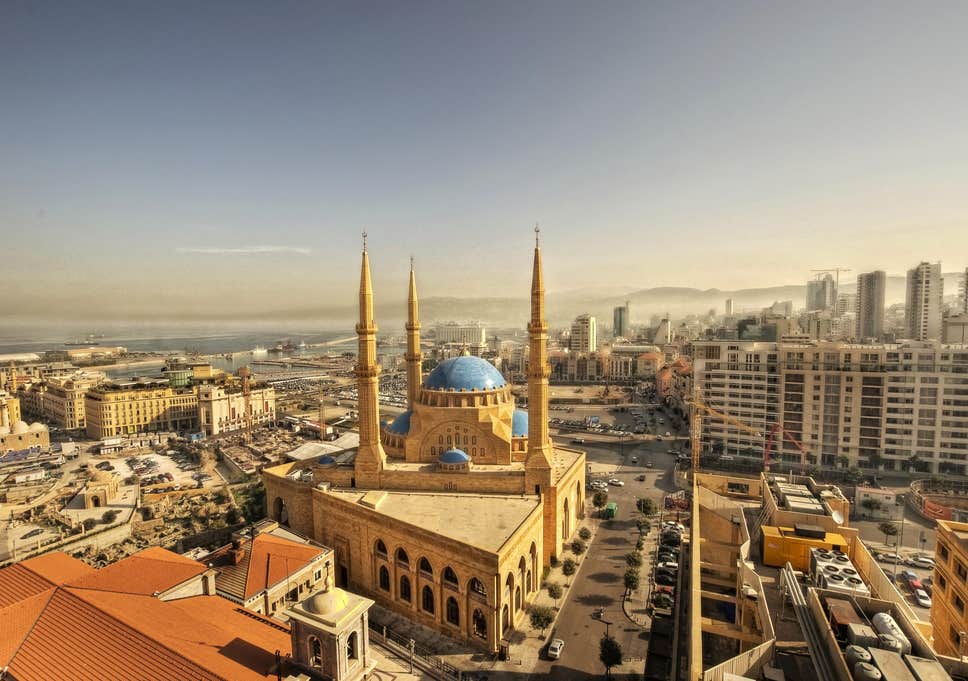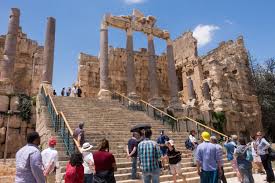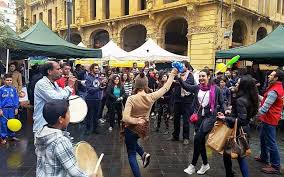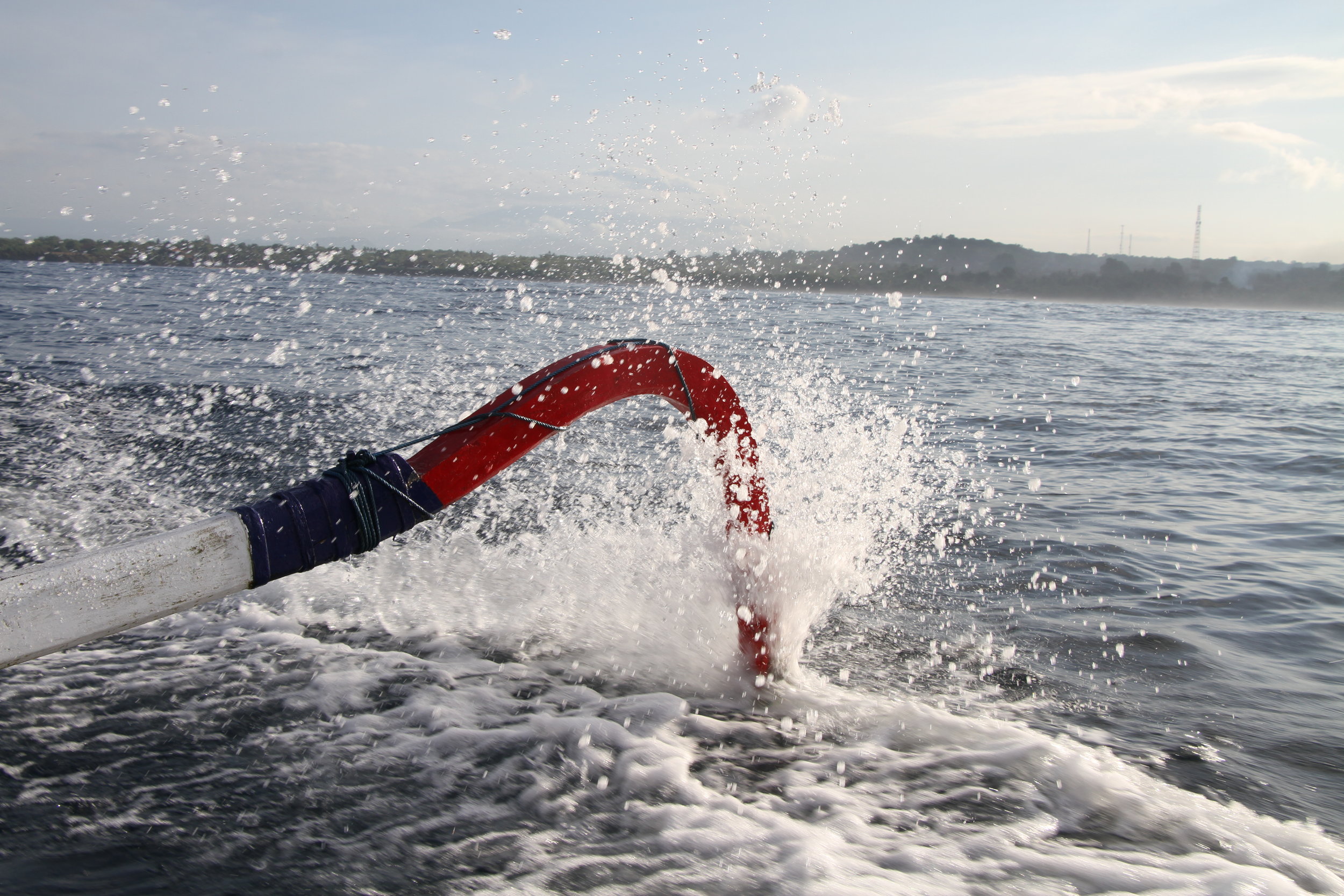How Do You Mend A Broken Heart? A Visit To Beirut.
First published in Arabian Airlines 2018
Welcome to Beirut, recognised as one of the oldest cities in the world where Archeologists have dated human habitation here to over 5000 B. C. This picturesque city is perched on a thin peninsula that meanders outwards into the azure blue waters of the Mediterranean.
Rising like sentinels behind it, are the high Lebanon Mountains, which behave a little like a mother, wrapping her protective arms around an errant child. These mountains act as a barrier, sheltering the city from the stifling desert winds, which, in turn gives Beirut an all year round pleasant temperate climate.
Once, affectionally known as the, “ Paris Of The Middle East,” Beirut has always had a bit of an identity crisis given its chequered history; it was as if it couldn’t decide which culture to adopt, having one foot in Europe and the other planted firmly in the Middle East.
The renowned author, Jan Morris probably summed it up best when she described it as, ” An Impossible City, and one of the last of the Middle Eastern fleshpots.”
Despite its turbulent past, Beirut has managed time and time again to rise from the proverbial ashes to become a cultural melting pot that has attracted poets, writers, artists, designers as well as the ‘movers and shakers from across the globe, eager to jump on the development bandwagon in rebuilding the city from the desolation of the civil war.
The devastation from war is hard to ignore as remnants from those terrible times still dot the landscape in the form of bombed out shells of high rises that stand as chilling testimony to the horrors of the conflict.
For a first time visitor the thing you notice first is the heady mix of history, both ancient and modern; here, a tumble down Ottoman fort sits cheek by jowl next to a breathtaking Maronite chapel while, remnants of the Green Line (a Maginot type line that once divided the city in two where snipers plied their deadly trade.) lie like symbolic gestures in amongst Roman relics dating back thousands of years.
Now, Mosques, churches, and synagogues seem to operate in close quarters, giving the impression that they have put the past behind them. There are around 18 official religions in Lebanon and these days on the surface all seem to co-exist in blissful harmony.
One can always gauge the prosperity of a city by the number of cranes on the horizon and Beirut’s skyline is festooned with them. Sleek high-rises, all bright steel and tinted glass, are rising into the sky and have begun to dwarf the Downtown area. Hoardings surround building sites where frantic activity goes on day and night.They depict images of completed projects promising even more chic offerings to amuse the population, eager to embrace the rapid change.
Since the end of the war in 1990, the people of Lebanon have been rebuilding Beirut, and, by 2002 the city had begun to regain its status as a tourist, cultural and intellectual centre in the Middle East and as a centre for commerce, fashion, and media. The reconstruction of downtown Beirut has been largely driven by Solidere, a development company established in 1994 by Prime Minister Rafic Hariri who was unfortunately assassinated in 2005 near the Saint George Hotel.
A month later about one million people gathered to protest the violence and the killing of their Prime Minister, which in turn spawned the Cedar Revolution, bringing to an end of the Syrian occupation. Since then the city has been relatively peaceful.
Nowadays, Porches, Bentleys and Ferraris jostle for position in the labyrinth of twisting streets, battling battered Mercedes taxis that have seen better days, ‘honking’ and bullying their way through thick traffic.
To ‘come down to earth ‘ after one’s first morning exploring the streets of the city, try to head to the scented and tranquil gardens of restaurant Makan, which you will find on the ground floor of the famous Baffa House. This establishment prides itself on its superb vegetarian, Lebanese and Sri Lankan cuisine, served buffet style, meaning there is no waiting! Makan is fast becoming ‘the’ place to dine in the city and hosts celebrity chefs up to three times a week, serving French and Italian Cuisine.
Seeing you are in the Mar Mikheal neighbourhood, do check out Baffa House, which is often the first choice to stay for visitors who know the city, as it is small, convenient and extremely comfortable.
You really can’t miss it as it is painted bright yellow! It has just four bedrooms, so best book well in advance as it has become extremely popular; the reason for its popularity is it is within easy walking distance of the Gemmayzé neighbourhood, which offers a superb array of shopping opportunities.
Many of the outlets on the narrow streets seem to cater to those re-decorating their homes. (War has been a boon for architects and interior designers, restoring villas to their former glory) Funky furniture and over the top lighting ensembles sit comfortably alongside traditional Lebanese designer shops which have enthusiastically embraced the modernity that now seemingly has embraced the city.
Not far from this district is the Sursock Museum, so visit if only to see the building itself; an over the top Italian inspired mansion dating back to about 1905. Inside the curators have lovingly collected and restored a vast array of Lebanese and contemporary artworks that should hold you enthralled and cool, during the hottest part of the day.
For those who feel the need to stretch their bodies into impossible positions while travelling, fear not, simply zip across town (a relatively short taxi ride) to the Ashrafieh district where you will find, Union Square Yoga that caters to the hordes of Beirut citizens that have adopted the practice. All forms of yoga are practised here so give them a call to find out session times as well as the type of yoga that suits you.
If you do happen to be in Beirut on a Saturday amble across to the Souk el Tayeb, which I was informed, is the first farmers market to be established in Lebanon. This particular souk is nestled amongst the grander Beirut Souks and runs from 9.am – 2 pm. The food on offer is local, fresh and delicious and the place gives one the feeling of being in a ‘community.’ Once done, wander the ancient cobblestone streets of Saifi Village, arguably one of the best arts districts in Beirut.
Restored museums seem to be everywhere in Beirut but really, they are just a sample of what is happening right across the capital. The guidebooks and magazines ‘gush’ about what is happening in the re-invigorated downtown area, with its marble and gilt malls but, one only has to head off the beaten track to the slightly bohemian districts where there is a feeling that it is here that the city has really rediscovered itself.
For instance in Mar Mikhael, you will be spoilt for choice when it comes to lively bars, pop-up restaurants, nightclubs and unusual stores selling all sorts of intriguing clothing items, shoes and unusual décor items.
Beirut can and is a confusing city to find your way around as the city planners have cunningly neglected to number the streets and so finding a particular address can be a trial. The ever-present taxis will eventually get you to where you want to go but beware as they operate without meters. Be sure to agree on the price before you take off to avoid any conflict over the price at the journey’s end. Uber has arrived in the city but I cannot vouch for their reliability.
Beirut is a city of surprises; with its newly restored architecture, its positively thinking population, throbbing nightclubs, to rival any in Europe, chic and sophisticated restaurants and newly created parks and gardens, it’s a place to charm even the most hardened critic, for as someone once told me, Beirut, its simply brilliant!!
An expanded version of my latest piece for Arabian Airlines.


















